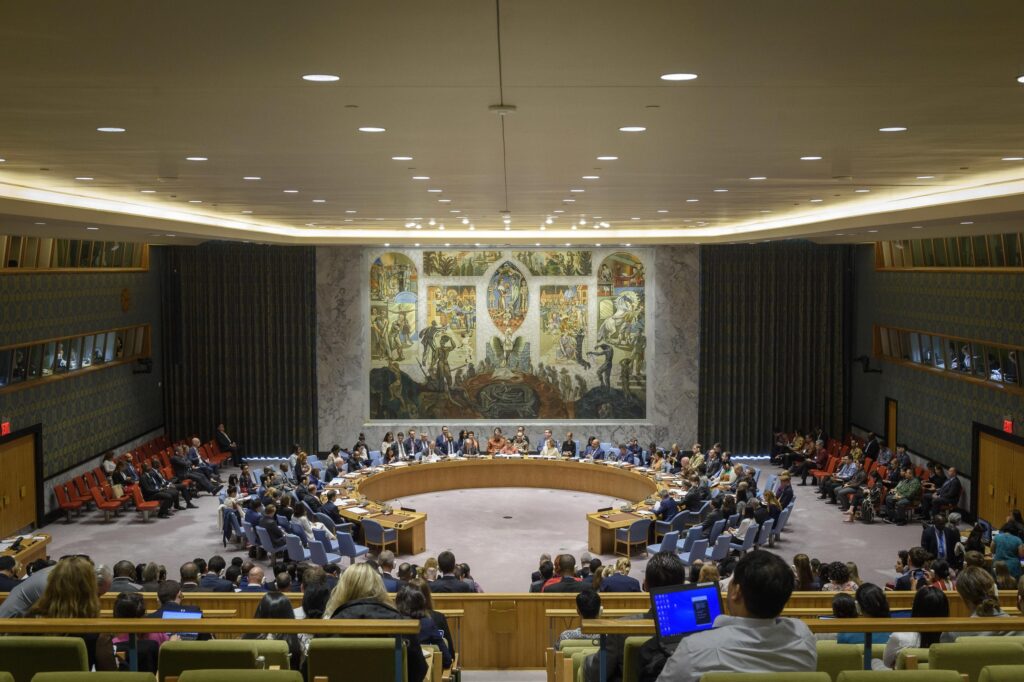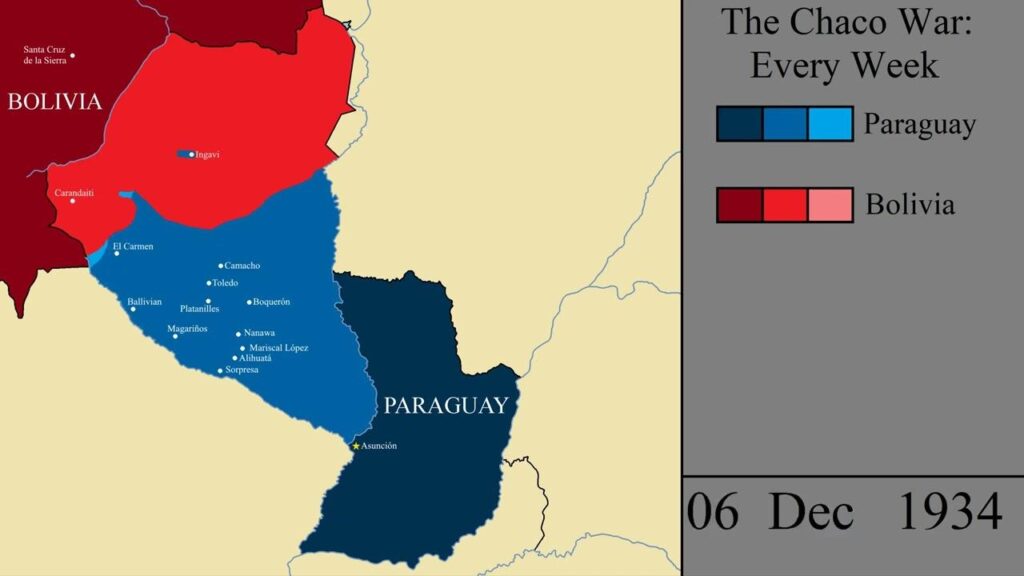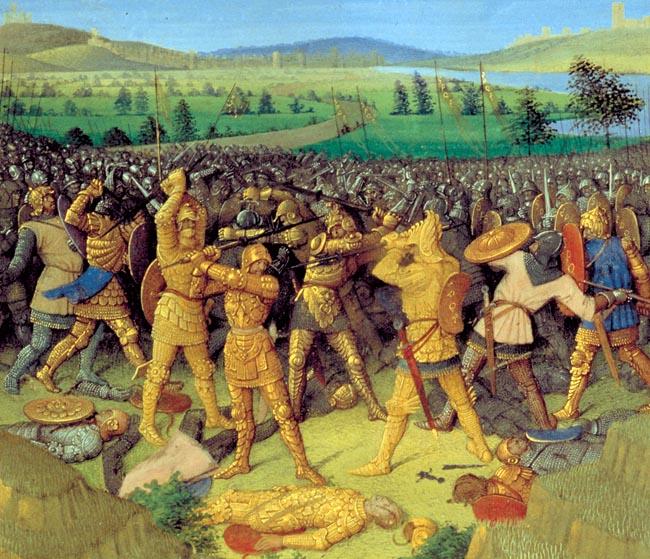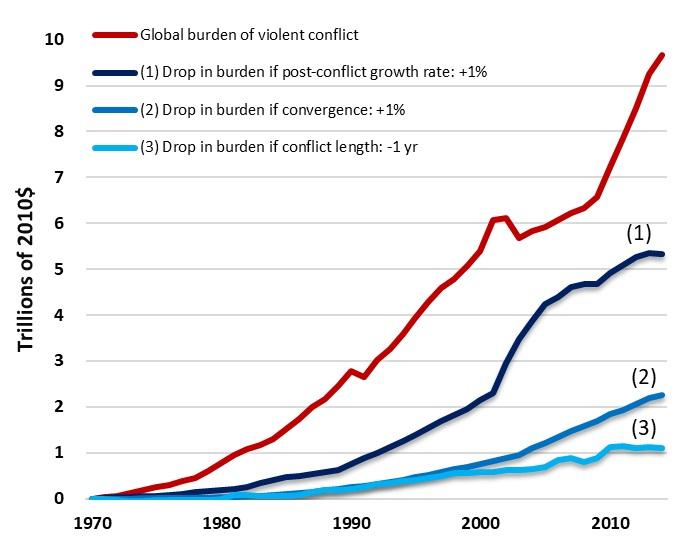War is often seen through the lens of battles, strategies, and geopolitics, but its true impact runs much deeper—right into the heart of the cultures it touches. In this blog, we’ll take you on a journey beyond the headlines to explore how war reshapes traditions, values, and everyday lives. Through personal stories from the frontlines, we’ll uncover the resilience, transformation, and sometimes unexpected connections that emerge in the aftermath of conflict. Whether you’re a history buff or just curious about the human side of war, these narratives offer a powerful glimpse into how cultures adapt and endure when everything changes.
Table of Contents
- How War Shapes Traditions and Daily Life in Affected Communities
- The Role of Art and Storytelling in Preserving Cultural Memories
- Building Resilience Through Cultural Revival Post-Conflict
- Practical Steps to Support War-Affected Cultures and Promote Healing
- In Conclusion
How War Shapes Traditions and Daily Life in Affected Communities
In communities touched by conflict, everyday routines are often upended, leading to the emergence of new customs that blend resilience with tradition. Families might alter how they celebrate festivals, incorporating moments of remembrance for lost loved ones while also clinging to familiar rituals to preserve a sense of normalcy. Food traditions evolve as well, with scarcity prompting innovation—recipes become a creative act of survival, turning modest ingredients into symbolic dishes that tell stories of endurance and hope.
Social dynamics shift dramatically too. Neighborhood gatherings, once casual and vibrant, can transform into more cautious assemblies focused on mutual support and planning for uncertain futures. New roles arise within families and communities as people adapt to realities of absence and trauma, often inspiring a stronger bond and shared purpose. Some notable changes include:
- Altered celebrations combining grief and festivity
- Innovative uses of limited resources in cooking and crafts
- Heightened emphasis on community solidarity and collective memory
- Evolving gender roles and responsibilities due to absence or loss
The Role of Art and Storytelling in Preserving Cultural Memories
Art and storytelling serve as powerful bridges between generations, especially in times of upheaval. When war disrupts daily life, traditional ways of preserving history may falter, but creative expressions step in to capture emotions, experiences, and the subtle shifts in cultural identity. Through vivid paintings, haunting photographs, and poignant narratives, communities are able to safeguard their collective memories from fading into oblivion. These mediums not only document what was lost or gained but also give voice to those who might otherwise remain unheard, turning individual pain into shared understanding.
Key ways art and storytelling keep cultural memories alive include:
- Preserving oral histories: Stories passed down orally or through songs maintain traditions and lessons specific to a culture’s heritage.
- Visual representation: Murals, sculptures, and photographs illustrate the emotional landscapes of war, creating tangible connections to the past.
- Fostering empathy: Personal stories invite outsiders to understand cultural struggles, helping to dismantle stereotypes and promote solidarity.
Building Resilience Through Cultural Revival Post-Conflict
In the aftermath of conflict, communities often find themselves piecing together more than just physical structures—they rebuild their very identities. Cultural revival acts as a powerful salve, reconnecting people to their heritage and collective memory. From resurrecting traditional festivals to restoring ancient crafts, these acts of renewal are more than symbolic; they foster a sense of belonging and hope, essential for healing psychological wounds. Cultural practices become threads weaving fractured societies back together, nurturing resilience against despair and fragmentation.
Reviving culture post-conflict often involves:
- Reclaiming languages that may have been suppressed
- Preserving oral histories through storytelling and art
- Rebuilding sacred sites that serve as community anchors
- Celebrating shared traditions as acts of defiance and unity
These efforts not only preserve the past but also empower future generations to carry their cultural legacies forward, transforming scars of war into springboards for innovation and solidarity.
Practical Steps to Support War-Affected Cultures and Promote Healing
Supporting communities ravaged by war demands more than just financial aid; it requires a compassionate investment in their cultural resilience. One effective approach is to encourage local storytelling and artistic expression, which allows individuals to process trauma collectively and preserves cultural identity. Initiatives like community theater groups, art workshops, and oral history projects not only generate healing opportunities but also empower survivors to reclaim their narratives. Additionally, collaborating with cultural leaders and elders helps bridge generational divides, ensuring that traditional practices continue to thrive despite the upheaval.
On a practical level, organizations and individuals can foster long-term healing by prioritizing culturally sensitive programs. This includes:
- Providing mental health services that respect local customs and languages
- Supporting educational curricula that incorporate indigenous knowledge and histories
- Facilitating exchange programs where communities share their experiences and resilience strategies
- Promoting economic opportunities tied to traditional crafts and cultural tourism
By weaving respect for cultural heritage into recovery efforts, we create a foundation for peace that honors both the past and the future. It’s about building not just infrastructure but also the spirit of a community, ensuring that the wounds of war can heal in harmony with cultural revival.
In Conclusion
Thanks for sticking with me through these powerful stories from the frontlines. War doesn’t just change borders—it reshapes the very fabric of cultures, leaving marks that last for generations. While these tales remind us of the pain and loss, they also highlight resilience, adaptation, and the incredible ways people find hope amid chaos. If there’s one thing to take away, it’s that understanding these cultural shifts helps us appreciate both the cost of conflict and the strength of human spirit. Until next time, stay curious and keep exploring the stories that connect us all!












